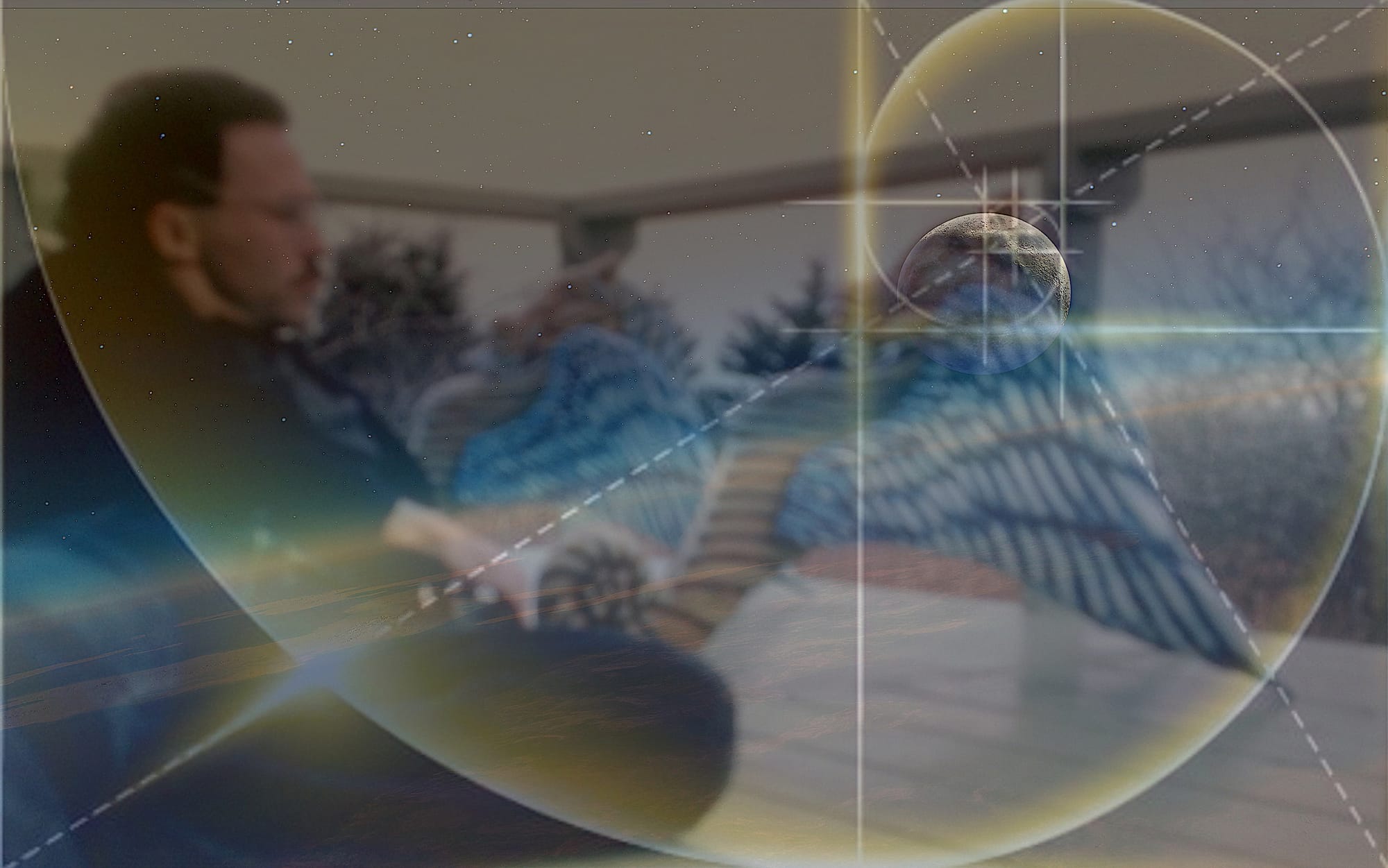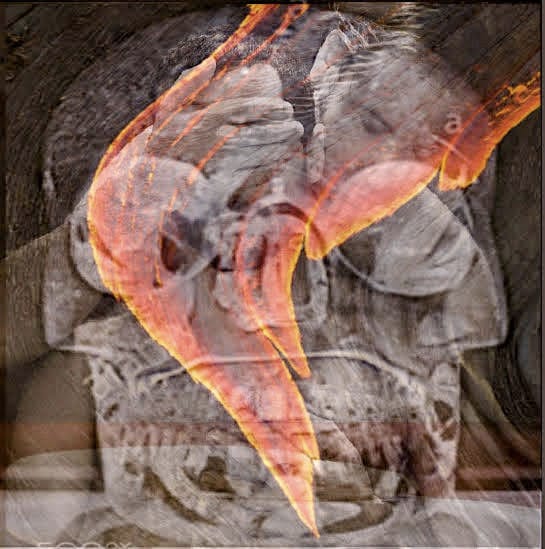Acadian music in World Beat catalogue streaming platforms
The Last Time I Saw You Alive, Giselle by Cajun Dead et le Talkin' Stick, reminds us of the weight of loss and mourning so as to validate grief.


The Last Time I Saw You Alive, Giselle: A Cajun Dead et le Talkin' Stick Song on Loss and Mourning in an Unempathetic World

The Song That Speaks to a World Without Empathy for Mourning
In an era where grief is often dismissed as a personal burden rather than a communal experience, The Last Time I Saw You Alive, Giselle by Cajun Dead et le Talkin' Stick stands as a poignant reminder of the weight of loss. The song dives deep into the emotional and symbolic landscape of mourning, exposing the stark contrast between personal sorrow and society’s growing inability to recognize or validate grief. In a time when the mental health crisis is exacerbated by emotional isolation, this song emerges as both an elegy and a call for greater compassion.
The Symbolism in The Last Time I Saw You Alive, Giselle
The lyrics paint a vivid narrative of sudden and tragic loss, opening with a moment frozen in time:
The last time I saw you alive, Giselle
You were walking out the door [I am here to tell]
This opening sets the scene with a simple yet haunting recollection, where the departure is unknowingly final. The song immediately introduces the emotional weight carried by the central figure, Giselle, as she shoulders not just her struggles but the burdens of the people around her:
With the weight of the people, a weight like boulders
On your great [brave and noble shoulders]
This powerful imagery parallels historical figures who have borne immense burdens—leaders, mothers, and caretakers—suggesting that Giselle is more than just an individual; she represents anyone who carries the weight of others without the support they need in return.
The Tragic Fate of Giselle and Dan Dan Comeau
A key emotional element of the song is the mention of "sweet baby chief Dan Dan Comeau." The child son in Giselle's arms is not just a symbol of innocence but of generational continuity. The tragedy is amplified by the realization that both come to harm, emphasizing the unpredictability and cruelty of fate:
How was I to know that you would [both come to harm]
This line resonates with listeners who have experienced sudden loss, reflecting the deep sorrow of hindsight. The unknown future is a theme throughout the song, reinforcing the unpredictability of life and the helplessness that often accompanies grief.
The Nature of Loss and the Journey to Nowhere
The song's repeated refrain reflects the uncertainty of life’s trajectory:
It's strange how you never, never know
Where were you take you to where you go]
This cyclical structure mirrors the grief process, where memory and reflection loop endlessly in the mind of the bereaved. The repetition underscores the themes of shock and disbelief that often accompany tragic loss.
The final verses serve as an emotional gut punch, reinforcing the finality of departure:
One day, you in through the door
The next day, you went and [no more.]
Here, the contrast between the mundane and the irreversible is stark. It highlights how ordinary moments—such as someone walking out the door—can become profound turning points in hindsight.
The Broader Implications: Mental Health and the Crisis of Mourning
Beyond personal tragedy, in Last Time I Saw You Alive, Giselle speaks to the broader issue of how society handles grief. We live in a world where mourning is often seen as a personal weakness rather than a necessary process. Workplaces offer limited bereavement leave, social circles grow uncomfortable with prolonged expressions of sadness, and the expectation to "move on" can be emotionally suffocating.
By placing this song within the context of the growing mental health crisis, Cajun Dead et le Talkin' Stick highlights the dangerous effects of a culture that fails to validate grief. Without space to process loss, individuals often turn to unhealthy coping mechanisms or struggle with unresolved trauma. In its raw honesty, this song serves as a rallying cry for a more compassionate approach to mourning.
FAQs on The Last Time I Saw You Alive, Giselle
1. What inspired The Last Time I Saw You Alive, Giselle?
The song draws from real-life experiences of loss and the universal struggle of mourning in a world that lacks empathy. It reflects on the unexpected nature of tragedy and how grief lingers long after the world moves on.
2. Who is Giselle, and is she based on a real person?
While the song leaves Giselle’s identity open to interpretation, she represents the many individuals who carry immense burdens, often unnoticed, and whose struggles are only recognized after they are gone.
3. What does "sweet baby chief Dan Dan Comeau" symbolize?
Dan Dan Comeau represents innocence, hope, and the generational impact of loss. The song hints at the devastation that occurs when both a caregiver and a child are lost, intensifying the emotional weight.
4. How does the song tie into the larger themes of Cajun Dead et le Talkin' Stick?
The band’s music often explores themes of historical and cultural struggle, loss, and resilience. This song, in particular, fits within their tradition of using music as a storytelling vehicle to address profound and often-overlooked social issues.
5. How does this song relate to the mental health crisis?
By highlighting the isolation that comes with mourning, the song sheds light on how unprocessed grief contributes to the broader mental health crisis. It calls for more awareness and empathy in how society supports those who have experienced loss.
World Music Song That Speaks to the Heart of Grief
In The Last Time I Saw You Alive, Giselle, Cajun Dead, and le Talkin' Stick have crafted more than just a song—it is a poetic meditation on loss, a critique of modern society’s handling of grief, and a deeply emotional experience for anyone who has loved and lost. Through its evocative lyrics and haunting melody, the song honours the memory of those who have passed and reminds us of the importance of bearing witness to grief, both our own and that of others.

